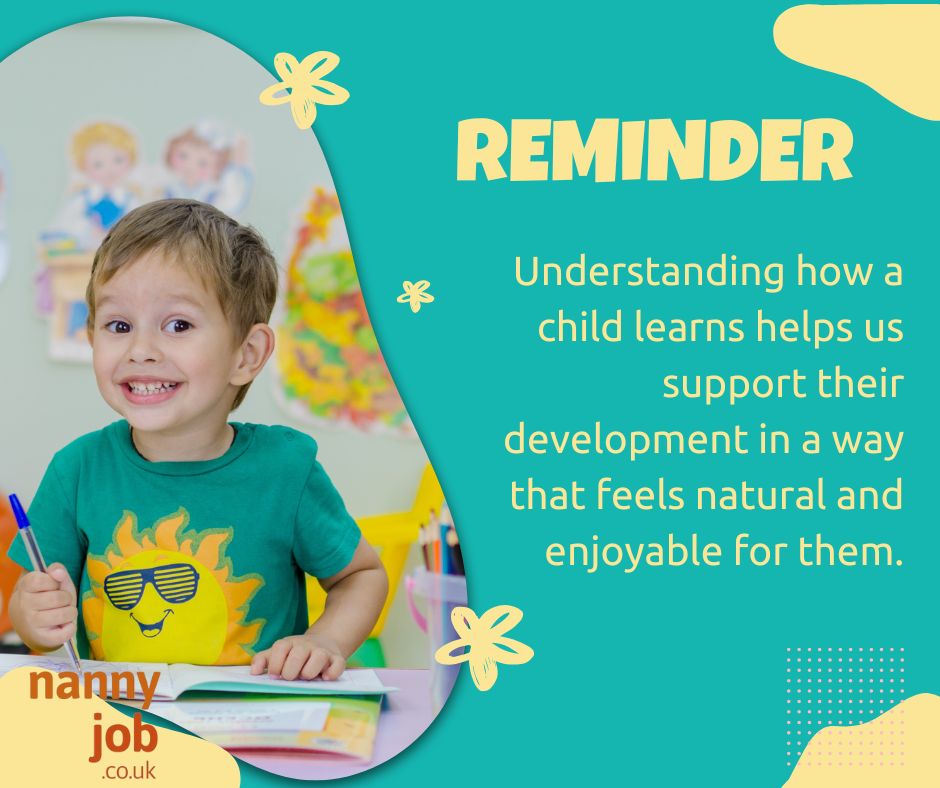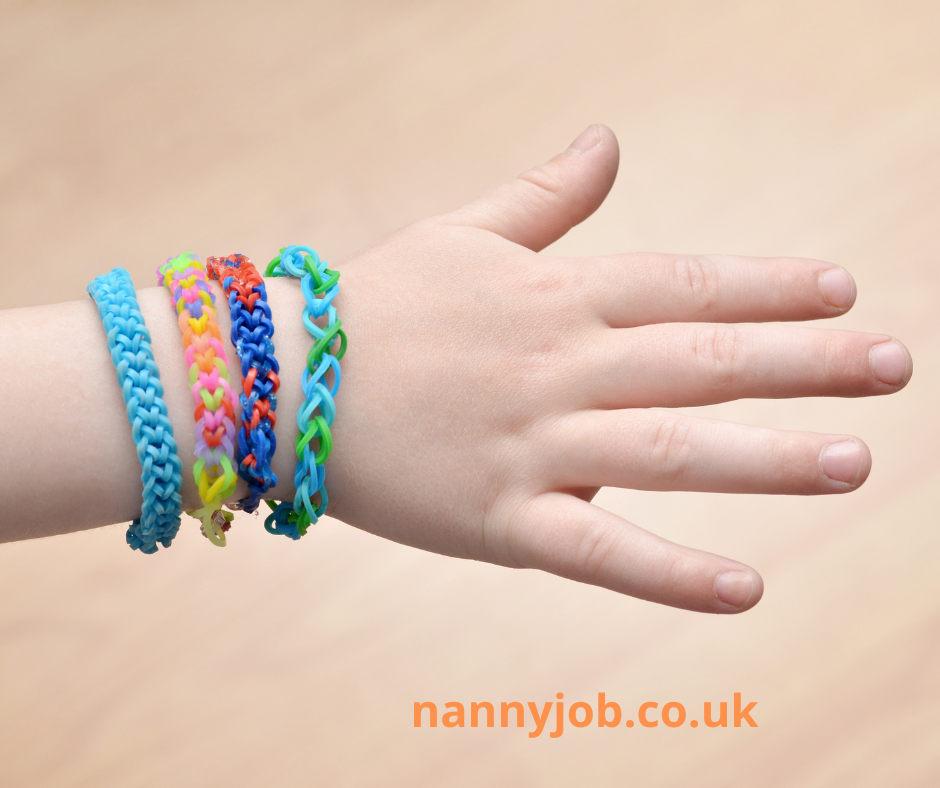Finding the right nanny can be overwhelming for parents looking to ensure their child’s safety and wellbeing. Knowing what essential questions to ask a nanny during an interview is vital for making an informed decision. This article will cover key areas to explore, including basic qualifications, health and safety protocols, and expectations regarding caregiving. By following this guide, parents can confidently assess potential nannies and ensure a suitable match for their family’s needs. Engage with this content to gain clarity and streamline your hiring process, addressing any concerns you may face.
Understand Your Priorities When Interviewing a Nanny
Determining the key priorities before an interview helps parents sift through potential nannies more effectively. Consider aspects like sexual orientation and how these may influence the nanny‘s interaction with the family. Identifying what is important, such as discipline strategies and preferred working hours, lays the groundwork for a successful interview.
Parents should also consider their own needs when it comes to vacation time and how that might affect the nanny‘s schedule. Discussing holiday arrangements during the interview can prevent misunderstandings later on. Clarifying expectations surrounding time off ensures that both parties are on the same page.
Finally, establishing clear guidelines about payroll and payment structures is essential. Nannies should be informed about the financial arrangements, including hourly rates or salaries. Open dialogue about these topics fosters trust and aids in setting up a positive relationship from the onset.
Basic Questions to Ask a Nanny
When interviewing a nanny, parents should consider starting with foundational nanny interview questions to ask about the candidate’s experience and qualifications. Understanding their background in childcare, including relevant certifications and previous employment, provides insight into their capabilities and suitability for the family’s needs.
Another critical aspect involves discussing the candidate’s approach to discipline and child engagement. Asking specific babysitter interview questions about how they handle different situations can reveal their philosophy on childcare and how they align with the family’s values, ensuring compatibility in the home environment.
Lastly, it is essential to cover practical details regarding availability and scheduling. Clarifying preferred working hours and any flexibility in their routine will help prevent future conflicts and ensure a smooth employment relationship. Open communication regarding these matters builds a solid foundation for a successful partnership with the nanny.
Inquire About Nanny’s Training and Qualifications

Parents should enquire about the nanny‘s training and qualifications, especially concerning childcare methods for infants and young children. Understanding whether the candidate has completed first aid and CPR training can provide reassurance that they are prepared to handle emergencies effectively.
It is also essential to ask specific au pair interview questions designed to uncover the nanny‘s educational background in childcare, including any certifications or courses completed. This information can highlight their expertise and commitment to providing high-quality care.
Additionally, conducting a thorough background check and gathering nanny reference questions helps verify the candidate’s experience and reliability. Parents should seek references that can attest to the nanny‘s past performance, ensuring a well-informed hiring decision.
Discuss Health and Safety Protocols With the Nanny

Discussing health and safety protocols during the nanny interview is essential for parents, particularly for those with newborns. Parents should ask specific questions related to childbirth recovery and any relevant procedures the nanny will follow to ensure the child’s safety. A clear understanding of these protocols can help build confidence in the caregiver‘s behaviour and decisions.
It is important for parents to inquire about the nanny‘s experience with emergency situations and their approach to health-related matters. Asking targeted nanny questions about how they would respond to illnesses or accidents can provide insight into their preparedness and knowledge. This information is vital in ensuring the caregiver aligns with the family’s expectations for health and safety.
Furthermore, parents should assess the nanny’s ability to monitor the health of the child and follow guidelines regarding vaccinations and hygiene. Inquiring about these aspects creates a dialogue around health protocols, helping parents feel assured that their newborn will be well cared for. A comprehensive understanding of the nanny‘s health and safety practices establishes a trusting relationship from the start.
Explore Previous Experience and References of the Nanny

Understanding the previous experience of the nanny is critical in assessing their suitability for child care. Parents should ask about specific roles held, the age groups cared for, and any emergency situations the nanny has managed. This insight helps gauge their capability and confidence in handling various scenarios.
References play a vital role in confirming the nanny‘s qualifications and reliability. Parents should request contact information for previous employers who can provide feedback on the nanny‘s philosophy regarding child care and their ability to nurture and guide children. This step ensures a well-rounded view of the nanny‘s past performance and values.
Conducting thorough interviews with references allows parents to delve deeper into the nanny‘s work ethic and interpersonal skills. Asking targeted interview questions for an au pair can uncover how past experiences shape the nanny‘s approach to child care. This information enables parents to make an informed decision when selecting a caregiver for their family.
Assess Nanny’s Approach to Caregiving and Child Engagement

When evaluating a nanny‘s approach to caregiving, parents should enquire about their methods for engaging with children during playtime and learning activities. Understanding how the caregiver integrates educational moments, such as counting games or storytelling, ensures that the child’s development needs are met effectively.
It is equally important to discuss specific childcare strategies, including toilet training and breastfeeding support, as these factors significantly influence a child’s transition and overall wellbeing. A nanny who is knowledgeable about these essential aspects can provide tailored care that aligns with the family’s parenting philosophy.
Parents must also explore the caregiver‘s understanding of household payroll procedures to manage financial aspects transparently. Clarity regarding payment terms will foster a collaborative relationship, enabling the nanny to focus fully on providing quality care for the children.
Clarify Expectations and Responsibilities for the Nanny Position

Clarifying expectations and responsibilities is vital when interviewing a nanny. Parents should discuss child-related duties, including babysitting, engaging in learning activities, and any household tasks related to the children’s care. Clear communication in these areas helps ensure everyone understands their roles and responsibilities from the outset.
It is also important for parents to outline their parenting philosophy during the interview. This includes preferred discipline methods and daily routines, which allows for smoother integration of the nanny into the family dynamic. A shared understanding of these aspects fosters a harmonious environment for both the children and their caregiver.
Finally, parents should address any logistical matters, such as working hours and the potential for flexibility in scheduling. Defining these elements early in the process ensures that the nanny‘s availability aligns with the family’s needs, promoting a successful and productive babysitting relationship.
Identify Questions You Should Avoid in a Nanny Interview
During a nanny interview, parents should steer clear of questions that may infringe on personal privacy, such as those regarding a nanny‘s marital status or family planning. Such inquiries are irrelevant to assessing the candidate’s suitability for childcare and could create an uncomfortable atmosphere. Focusing on professional qualifications and experience is essential to maintaining a respectful dialogue.
It is also advisable to avoid questions that may seem discriminatory, such as those related to cultural background or religious beliefs. These inquiries can not only lead to misunderstandings but may also violate legal protections. Instead, parents should concentrate on how a nanny’s experience and childcare philosophy aligns with their family values.
Lastly, parents should refrain from asking about salary expectations too early in the conversation, as this can divert the focus from evaluating the nanny‘s qualifications. Discussing compensation should come after ensuring compatibility in caregiving style and responsibilities. Emphasising qualifications first fosters a more productive interview and enables parents to make informed decisions.
Conclusion
Asking essential questions during a nanny interview is crucial for ensuring a good fit for both the caregiver and the family. By focusing on experience, qualifications, discipline approaches, and health protocols, parents can assess compatibility and establish clear expectations. This proactive dialogue fosters trust and sets the foundation for a successful working relationship. Ultimately, thorough questioning empowers parents to make informed decisions that prioritise the wellbeing and development of their children.

 British Science Week 2025: Inspiring the Next Generation of Innovators
British Science Week 2025: Inspiring the Next Generation of Innovators 

 Hands-on experiments
Hands-on experiments STEM workshops
STEM workshops Online discussions and challenges
Online discussions and challenges Why STEM Education Matters for Children
Why STEM Education Matters for Children Problem-solving skills – STEM encourages critical thinking and the ability to work through challenges.
Problem-solving skills – STEM encourages critical thinking and the ability to work through challenges. 2. Visit a Science Museum or Exhibition
2. Visit a Science Museum or Exhibition 4. Encourage Curiosity
4. Encourage Curiosity How Nannies and Parents Can Support STEM Learning
How Nannies and Parents Can Support STEM Learning Encourage questions and curiosity – Don’t worry if you don’t know the answers! Exploring together is part of the fun.
Encourage questions and curiosity – Don’t worry if you don’t know the answers! Exploring together is part of the fun. Provide access to STEM books and toys – Building blocks, science kits, and coding games all foster a love of learning.
Provide access to STEM books and toys – Building blocks, science kits, and coding games all foster a love of learning. Create a safe environment for failure – Science is all about trial and error. Let children know that mistakes are part of the learning process.
Create a safe environment for failure – Science is all about trial and error. Let children know that mistakes are part of the learning process.
 1. Visual Learners – Learning Through Seeing
1. Visual Learners – Learning Through Seeing Loves looking at pictures and watching demonstrations.
Loves looking at pictures and watching demonstrations. 2. Auditory Learners – Learning Through Listening
2. Auditory Learners – Learning Through Listening 3. Kinaesthetic Learners – Learning Through Doing
3. Kinaesthetic Learners – Learning Through Doing Observe the Child’s Natural Interests
Observe the Child’s Natural Interests Adapt Daily Routines to Support Learning
Adapt Daily Routines to Support Learning




